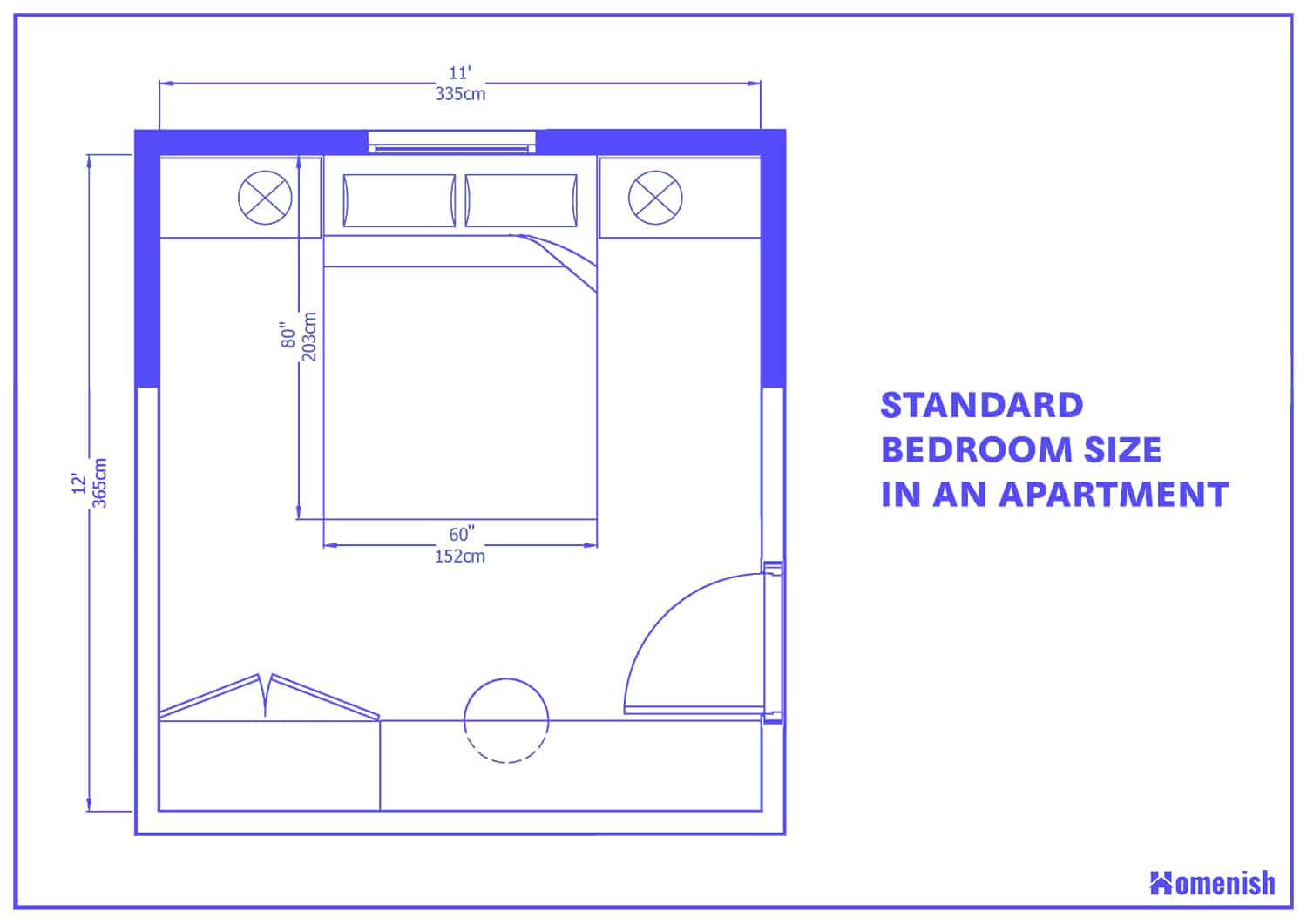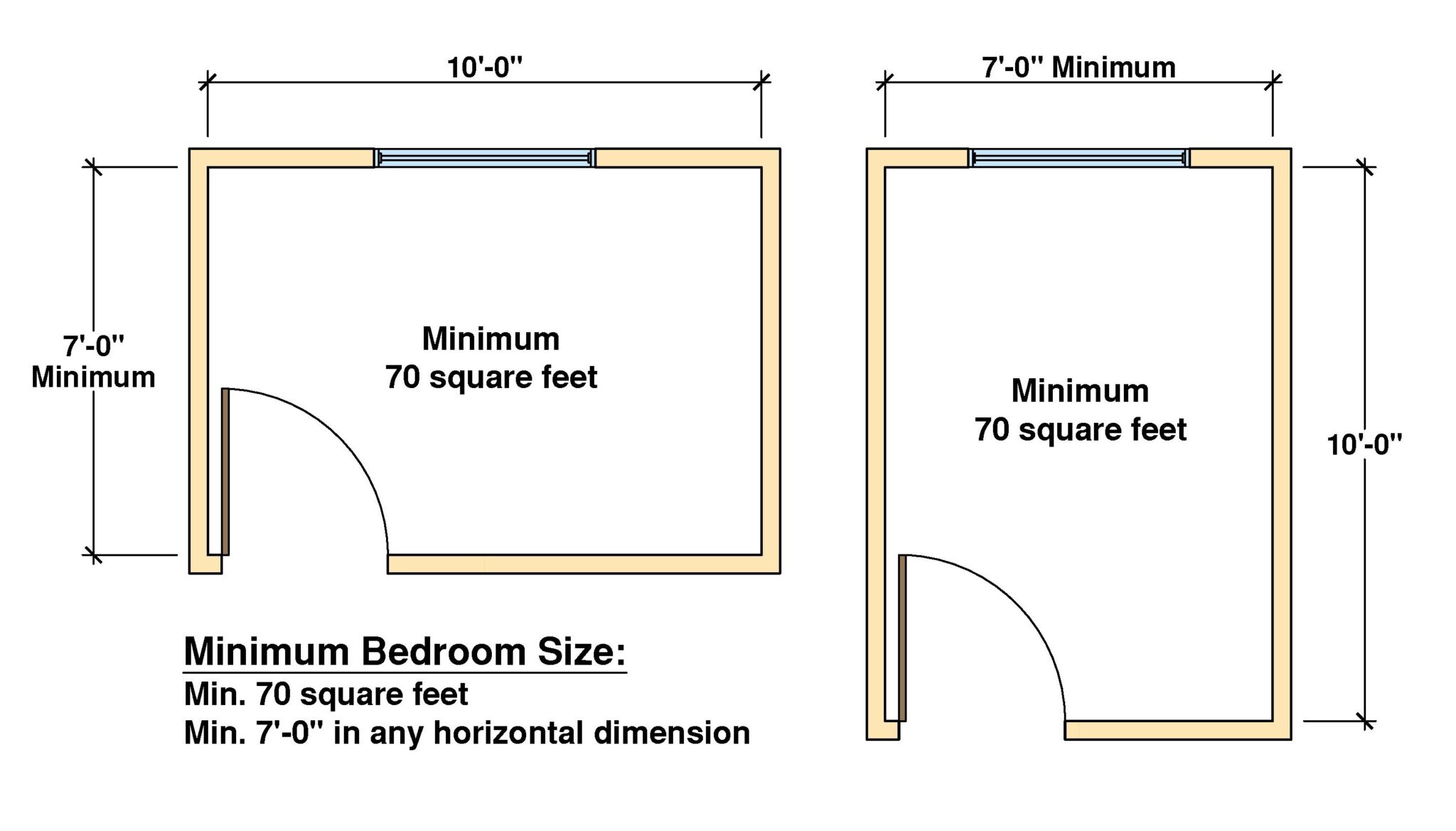Understanding 5-Bedroom House Square Footage

Square footage is a crucial factor in determining the size and functionality of a 5-bedroom house. It provides a standardized measurement of the living space, allowing potential buyers to compare different properties and make informed decisions.
Typical Square Footage Ranges
The typical square footage for a 5-bedroom house varies depending on the region, housing market, and the specific features included. Here are some general ranges:
- Suburban areas: 2,500 to 3,500 square feet
- Urban areas: 2,000 to 3,000 square feet
- Rural areas: 2,000 to 4,000 square feet
It’s important to note that these are just estimates, and actual square footage can vary significantly.
Comparing 5-Bedroom House Options, 5 bedroom house square footage
Square footage is a valuable tool for comparing different 5-bedroom house options. When comparing properties, consider the following:
- Overall square footage: This gives you a general idea of the size of the house.
- Square footage per bedroom: This provides an indication of the size of each bedroom.
- Square footage of living areas: This includes the living room, dining room, family room, and kitchen. A larger square footage in these areas can indicate a more spacious and comfortable living experience.
- Square footage of outdoor spaces: This includes patios, decks, and yards. Larger outdoor spaces can provide more room for entertaining, gardening, or simply enjoying the outdoors.
By comparing these factors, you can determine which 5-bedroom house best suits your needs and preferences.
Factors Influencing 5-Bedroom House Square Footage: 5 Bedroom House Square Footage

The square footage of a 5-bedroom house is influenced by a combination of architectural design choices, layout preferences, and the inclusion of additional amenities. Understanding these factors is crucial for homeowners and potential buyers to grasp the true size and functionality of a dwelling.
Room Layout and Configurations
The layout and configuration of rooms significantly impact the overall square footage of a 5-bedroom house. Different room arrangements can result in variations in space utilization, affecting the perceived size and functionality of the home.
- Open Floor Plans: Open floor plans, characterized by fewer walls and larger common areas, often result in a more spacious feel but may lead to less privacy. They typically have larger living rooms, kitchens, and dining areas, contributing to a higher square footage.
- Traditional Layouts: Traditional layouts often feature more defined rooms with separate spaces for each function. This can result in smaller individual rooms but may provide more privacy and a sense of separation between different areas of the house. The total square footage can be similar to open floor plans, but the distribution of space differs.
- Bedroom Sizes: The size of bedrooms can vary considerably. Master bedrooms are often larger, including ensuite bathrooms and walk-in closets, contributing to a higher square footage. Smaller bedrooms may be designed for children or guests, reducing the overall square footage.
Amenities Impacting Square Footage
Beyond the basic living spaces, amenities like garages, basements, and outdoor spaces can significantly influence the total square footage of a 5-bedroom house.
- Garages: Garages are often included in the total square footage of a house. The size of the garage, whether single or double, attached or detached, will affect the overall square footage. A two-car garage, for example, typically adds around 400-500 square feet to the total.
- Basements: Finished basements are considered living space and are included in the total square footage. An unfinished basement, however, is not typically included in the square footage unless it is fully finished and meets local building codes for habitability.
- Outdoor Spaces: Outdoor spaces like patios, decks, and balconies are generally not included in the total square footage. However, they can significantly impact the overall living area and provide valuable outdoor living space, especially in warmer climates.
Using Square Footage for Effective Planning

Understanding the square footage of a 5-bedroom house is crucial for effective planning and maximizing the use of space. By analyzing the square footage allocation, you can make informed decisions about room sizes, layouts, and overall functionality.
Room Size Comparison
A table comparing the typical square footage of different room types in a 5-bedroom house provides valuable insights for planning.
| Room Type | Typical Square Footage |
|—|—|
| Master Bedroom | 150-250 sq ft |
| Other Bedrooms | 100-150 sq ft |
| Living Room | 200-350 sq ft |
| Kitchen | 150-250 sq ft |
| Dining Room | 100-150 sq ft |
| Bathrooms | 50-100 sq ft |
| Hallways | 20-50 sq ft |
Maximizing Space and Functionality
Effective space planning within a specific square footage range is essential for creating a comfortable and functional living environment.
“Square footage is not just about the size of a house, but about how well the space is used.”
Here are some tips for maximizing space and functionality in a 5-bedroom house:
- Utilize Multifunctional Spaces: Combine rooms like the dining room and living room to create a larger open space for entertaining or family gatherings.
- Maximize Vertical Space: Install shelves, cabinets, and built-in storage to take advantage of vertical space, minimizing clutter and maximizing storage capacity.
- Strategic Furniture Placement: Choose furniture that is both functional and space-saving, and arrange it strategically to optimize flow and maximize usable area.
- Maximize Natural Light: Utilize large windows and skylights to enhance the sense of spaciousness and create a bright and airy atmosphere.
Visual Representation of Square Footage Allocation
A visual representation of square footage allocation helps to understand the spatial distribution within a 5-bedroom house.
[Visual representation: A floor plan of a 5-bedroom house with different areas highlighted and labeled with their respective square footage. For example, the master bedroom might be labeled as 200 sq ft, the living room as 300 sq ft, and so on. This visual representation allows for a clear understanding of how the square footage is allocated to different areas of the house.]
5 bedroom house square footage – A 5 bedroom house can vary greatly in square footage depending on its design and features. If you’re looking for a smaller, more efficient living space, you might be interested in exploring 30×30 1 bedroom house plans. These plans offer a compact layout while maximizing functionality, which can be a great option for those who value practicality and affordability.
Ultimately, the ideal square footage for a 5 bedroom house will depend on your specific needs and preferences.
While 5 bedroom houses typically require a significant amount of square footage, the exact amount can vary depending on the design and layout. If you’re looking for inspiration for your own 5 bedroom home, exploring 4 bedroom house designs and plans can be a great starting point.
These designs can often be adapted to accommodate an extra bedroom, providing valuable insights into efficient space utilization and maximizing square footage for a comfortable and functional 5 bedroom home.